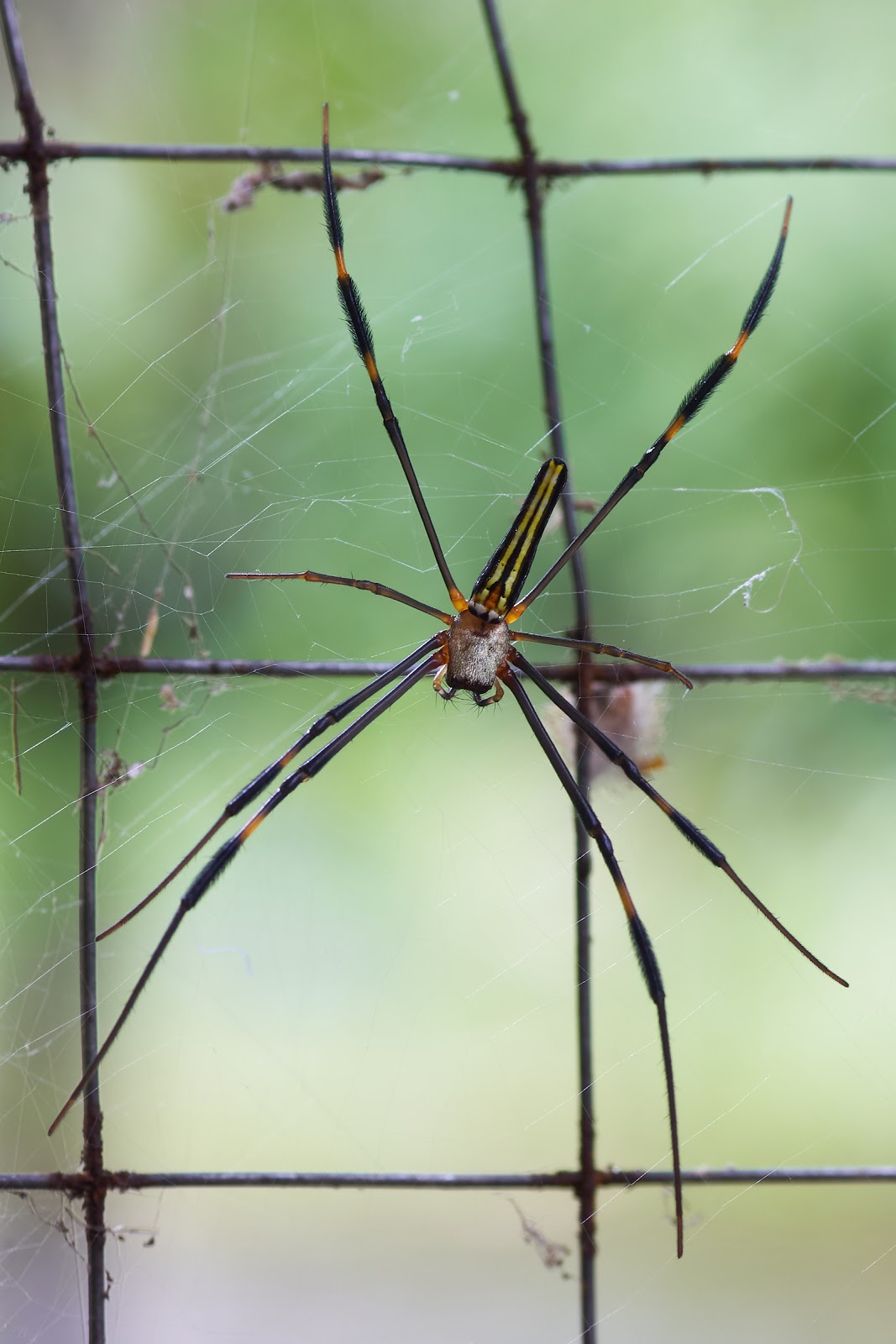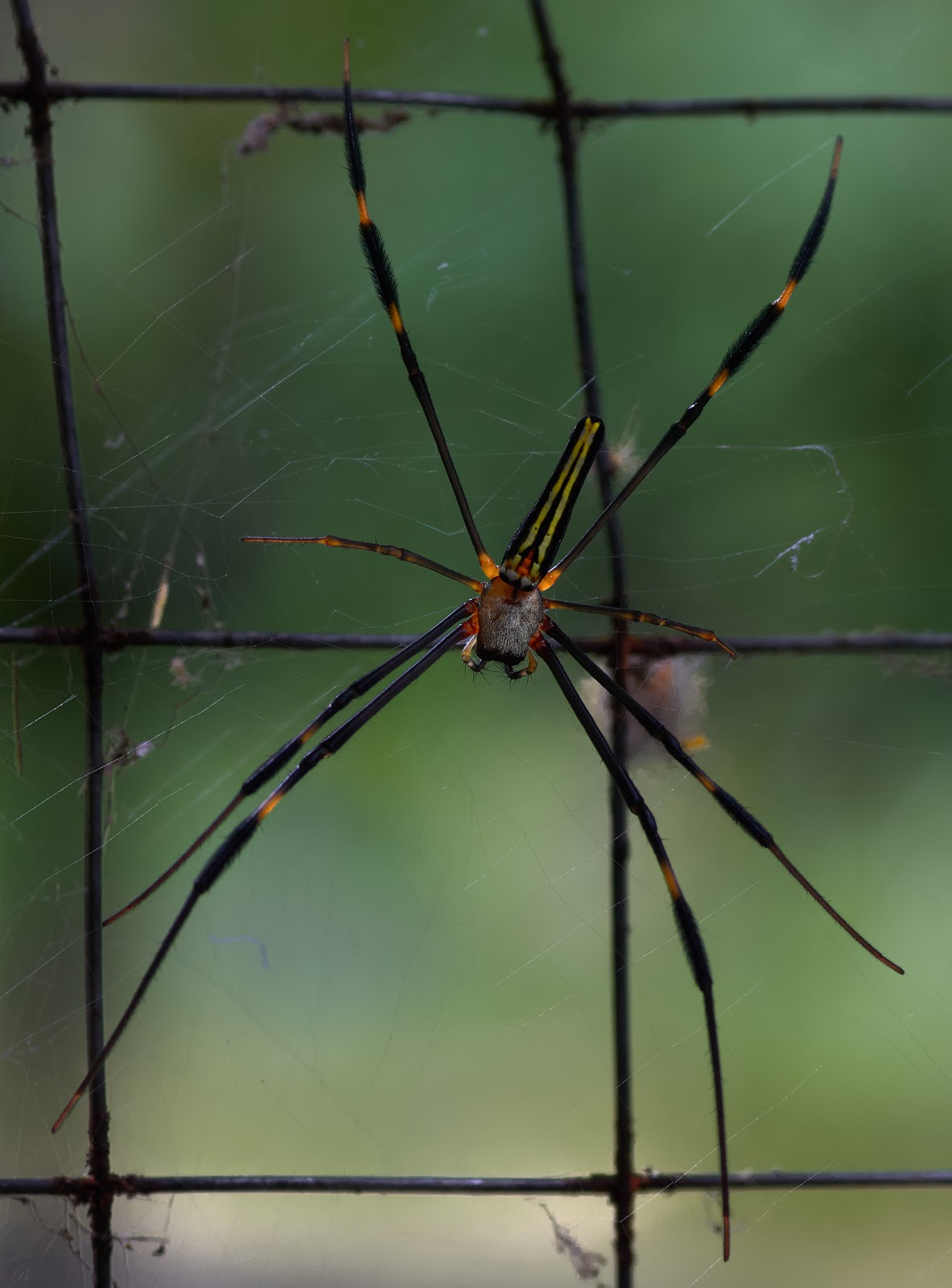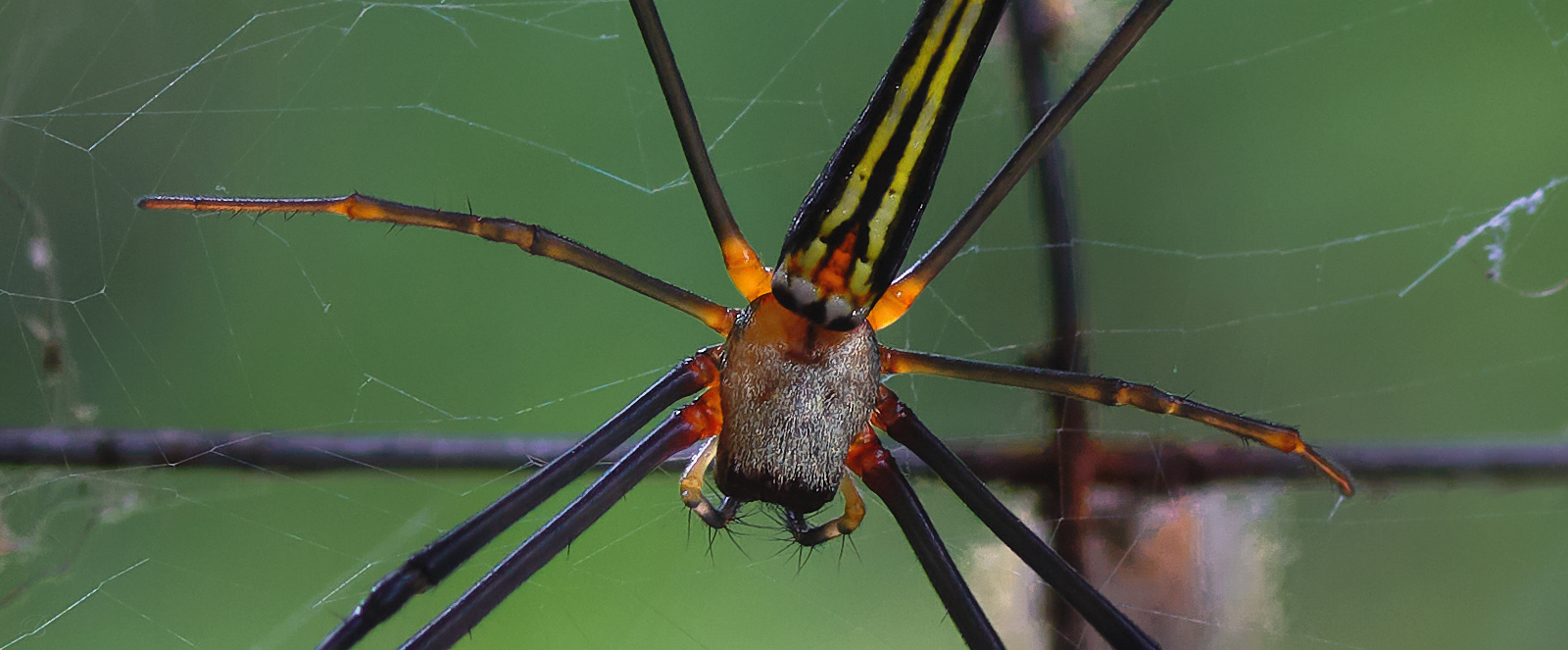Results 1 to 20 of 29
-
5th September 2018, 01:45 AM #1

- Join Date
- Oct 2013
- Location
- Philippines
- Posts
- 12,181
- Real Name
- Brian
The effect of Exposure stacking on bug shots
-
5th September 2018, 01:52 AM #2
Re: The effect of Exposure stacking on bug shots
Did you stack images that had the same exposure?
Sent from my iPad using Tapatalk
-
5th September 2018, 02:32 AM #3

- Join Date
- Oct 2013
- Location
- Philippines
- Posts
- 12,181
- Real Name
- Brian
-
5th September 2018, 05:14 AM #4
Re: The effect of Exposure stacking on bug shots
Very good example Brian.
Pondering over this further and re reading your previous thread discussing 'exposure stacking' to increase colour/contrast/tonal range (terminologies each used loosely) I had a close look at the first two images you used here.
The two images consisted of;
a) 1 of the original 17 different 'exposures'.
b) the result of stacking the 17 different exposures together.
There are two things we do not know;
c) What you used to vary the exposures, it could have been Aperture, Speed or ISO? So let's forget anything to do with DoF/sharpness changes and noise (which is not evident)
d) If you have done any further PP to the 'result' produced by the 'exposure' stacking. So let's assume you have not.
I took the two images, resized, aligned pretty close and labelled them to make it easier to undertake comparisons;
No 1

No 2

Opening these two images in my PP package ACR I am unable with all the basic tools available make the 'Original Exposure' look like the 'Result'. It would be interesting if others could
So my conclusion is that your method has done far more than simply use the average or mid exposure of the 17 or something that is easily achieved in basic post processing on a single image. What your result shows I believe is an 'increased' dynamic range than that what was achieved in any single exposure, but if we measure at the bright orange bit where the legs meet the body the two images have almost equal values .
.
Last edited by Stagecoach; 5th September 2018 at 08:36 AM.
-
5th September 2018, 11:51 AM #5

- Join Date
- Feb 2014
- Location
- London, UK
- Posts
- 401
- Real Name
- Dem
-
5th September 2018, 01:22 PM #6

- Join Date
- Oct 2013
- Location
- Philippines
- Posts
- 12,181
- Real Name
- Brian
-
5th September 2018, 02:50 PM #7
Re: The effect of Exposure stacking on bug shots
I'm confused.
You took 17 shots.
The exposures varied from -1.7 to 0.0 EV
The difference (between shots) was 1.7 EV, not 0.1 EV.
Or am I misinterpreting this?
JohnLast edited by JohnRostron; 6th September 2018 at 03:09 PM.
-
5th September 2018, 03:08 PM #8

- Join Date
- Oct 2013
- Location
- Philippines
- Posts
- 12,181
- Real Name
- Brian
-
5th September 2018, 05:17 PM #9
Re: The effect of Exposure stacking on bug shots
Not having the originals and not being familiar with that specific software, I'm in the dark. However, the exposure-blending software with which I am familiar works by selecting from each image areas of pixels that are within set exposure limits and then combining them into a composite image. That's all it does. The result is not easy to replicate with standard editing tools because it is in effect a very localized editing, although I think one could get something similar with luminosity masks if one were sufficiently skilled with them (I certainly am not) and if one knew what luminosity ranges to select. However, this process has no impact on color, other than the making colors look different because of luminosity changes, and it has no effect on softness.
Whether Fiji is something different, I don't know. My recollection is that there is someone here who is familiar with ImageJ, so perhaps that person can weigh in.
If you had 17 shots with a total difference of 1.7 EV, that is, 0.1 between shots, you should be able to use far fewer shots. Looking at the first shot in Irfanview, it appears to span less than the dynamic range of the camera, so there is no need for exposure blending to compensate for excessive dynamic range.
-
5th September 2018, 07:44 PM #10
-
5th September 2018, 07:52 PM #11
-
6th September 2018, 10:10 AM #12

- Join Date
- Oct 2013
- Location
- Philippines
- Posts
- 12,181
- Real Name
- Brian
Re: The effect of Exposure stacking on bug shots
Here's a thought Dan, focus stacking lines everything up and then picks the sharpest areas from each shot and merges them into one. Perhaps Exposure stacking does basically the same thing. Only instead of choosing the sharpest areas to merge the richest colours are chosen?
Or... perhaps with stacking different exposures the sharpest parts are changed in relation to the exposure resulting in a much deeper set of tones?
Brian
-
6th September 2018, 12:14 PM #13
-
6th September 2018, 02:31 PM #14
Re: The effect of Exposure stacking on bug shots
-
6th September 2018, 02:53 PM #15

- Join Date
- Oct 2013
- Location
- Philippines
- Posts
- 12,181
- Real Name
- Brian
-
6th September 2018, 02:55 PM #16

- Join Date
- Oct 2013
- Location
- Philippines
- Posts
- 12,181
- Real Name
- Brian
-
6th September 2018, 05:11 PM #17
-
6th September 2018, 06:34 PM #18
Re: The effect of Exposure stacking on bug shots
Fiji is ImageJ, right? I took a quick tour of ImageJ documentation over lunch. My reaction is:
1. This is like using an 18-wheeler when one needs a wheelbarrow. it is an enormously flexible program designed to do many things--e.g., dealing with 3-dimensional "hyperstacks"--and it is not aimed at the general population. Both of these things make both the software and the documentation complex.
2. I never did find a description of the various ways in which it creates a composite.
3. For most people, I think it would work out better to use simpler programs designed to do what one needs and documented accordingly so one knows what edits one is actually imposing. In this case, we are talking (I think) about exposure stacking and focus stacking. For the former, one option is Enfuse, which will also do focus stacking. I use this as a plugin to Lightroom, but I think you can use it separately. For the latter, I use Zerene, which is superb, but there is at least one free alternative, the Combine programs.
-
6th September 2018, 11:41 PM #19

- Join Date
- Feb 2012
- Location
- Texas
- Posts
- 6,956
- Real Name
- Ted
Re: The effect of Exposure stacking on bug shots
Y'all might find this of interest:
https://www.dpreview.com/forums/1054
Personally I use align_image_stack.exe (command-line utility) then TuFuse Pro (has a GUI) which can do exposure and also focus in one shot. Been a while though, they're all quite painful to use ...
-
7th September 2018, 01:23 AM #20

- Join Date
- Oct 2013
- Location
- Philippines
- Posts
- 12,181
- Real Name
- Brian

 Helpful Posts:
Helpful Posts: 



 Reply With Quote
Reply With Quote


